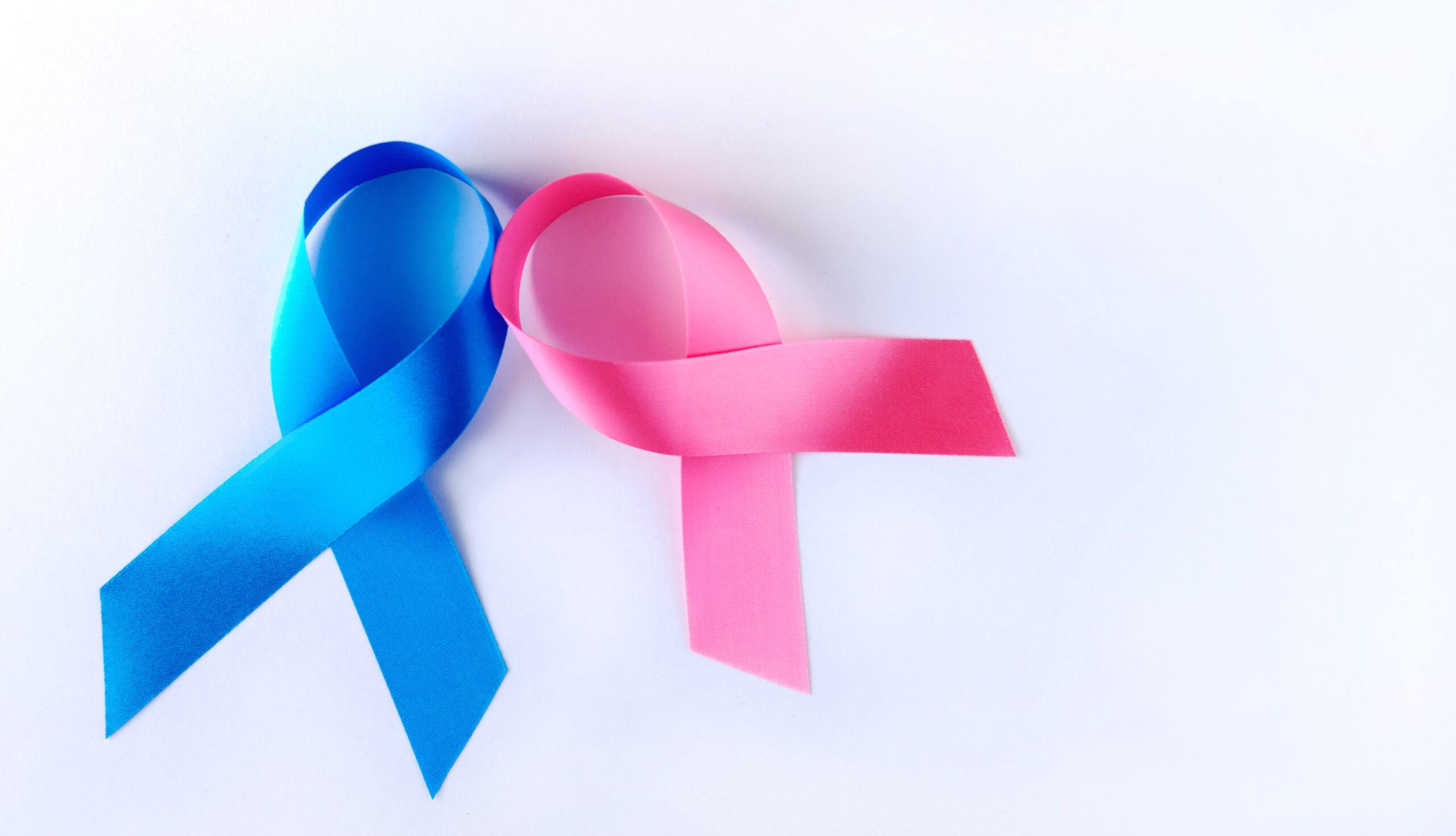Phone Appointment
[smartblock id=45]WhatsApp Appointment
[smartblock id=46]March 2023
Breast cancer is a disease that develops in both men and women, but it is more common in females than males. In Singapore, 1 in 13 women will develop breast cancer in their lifetime. Breast cancer is much less common in males. For men, the lifetime risk of being diagnosed with breast cancer is about 1 in 1,000.
Why does breast cancer affect more females than males?
Higher incidence of breast cancer in females may be attributed to differences in breast development and higher estrogen levels in females.
Both male and female breast tissue consists of a few ducts under the nipple and areola until puberty. During puberty, females develop increased levels of certain hormones which cause these ducts to grow and lobules to form. Most breast cancers in women develop in these ducts and lobules.
Males typically have low levels of these hormones, and as a result, the breast tissue does not grow as much. Although male breasts have ducts, they only have a few lobules and mainly consist of fat tissue.
Females typically produce more estrogen than males. Breast cells in females are highly active and receptive to estrogen, while breast cells in males are inactive and not exposed to high estrogen levels.
Male and female breast cancer risk factors
Males and females share some of the breast cancer risk factors. Family history, as well as a previous incidence of cancer, increase an individual’s risk. Other factors include:
- Age: The incidence of breast cancer in both males and females increases with age. The risk of developing breast cancer is higher in women over age 40, and men over age 60.
- Diet, exercise, and weight: Poor diet, lack of exercise, and obesity all increase an individual’s risk of developing breast cancer.
- Exposure to radiation: Receiving radiation therapy to the chest at a younger age increases breast cancer risk as individuals age.
- Excessive consumption of alcohol: Alcohol affects the liver, which plays a part in regulating hormones. Out-of-balance hormones increase breast cancer risk.
Risk factors unique to each sex
Females have a much higher rate of getting breast cancer than males. Other female-specific risk factors for breast cancer include early onset of menstruation, late menopause, having their first child after the age of 35, and having fewer or no children.
Males with Klinefelter syndrome, an abnormality in male chromosomes, are more likely to get breast cancer than other men. Other male-specific risk factors for male breast cancer include receiving estrogen treatment for prostate cancer and having testicular conditions.
Male and female breast cancer symptoms
Breast cancer symptoms in men and women are similar, and include:
- Discharge from the nipple
- A painless lump or thickening in the breast
- Nipple inversion
- Change in the shape, size, or appearance of the breast
- Skin changes, such as dimpling, scaling, peeling, pitting, or redness
Male and female breast cancer treatment
Treatment options for both female and male breast cancer is the same, including:
- Surgery
- Chemotherapy
- Hormone therapy
- Radiation therapy
Treatment may require a combination of therapies depending on the patient’s general health and cancer stage, type, and characteristics.

